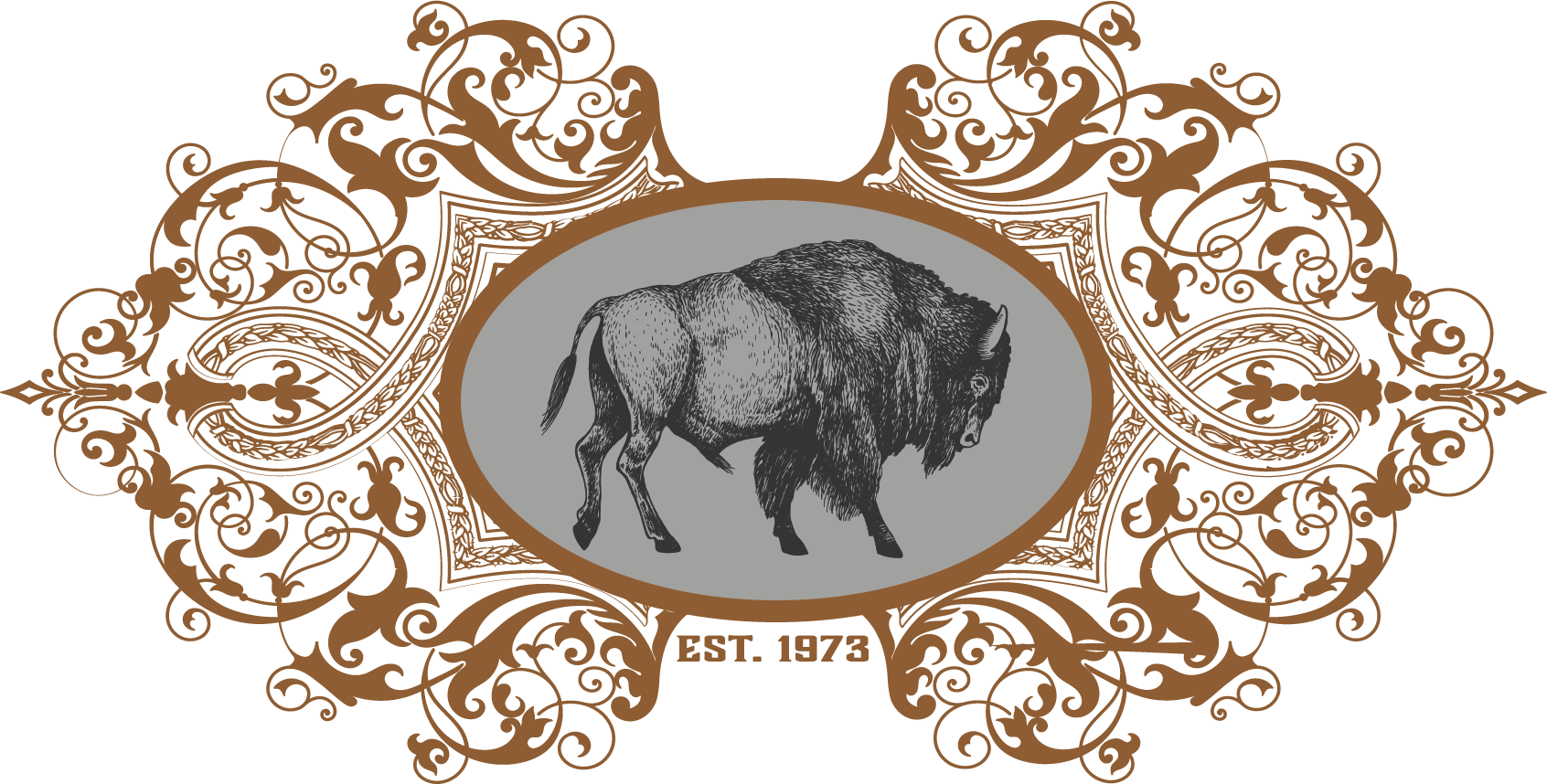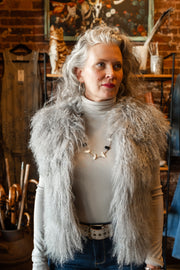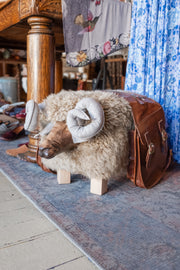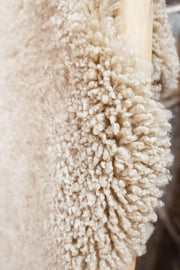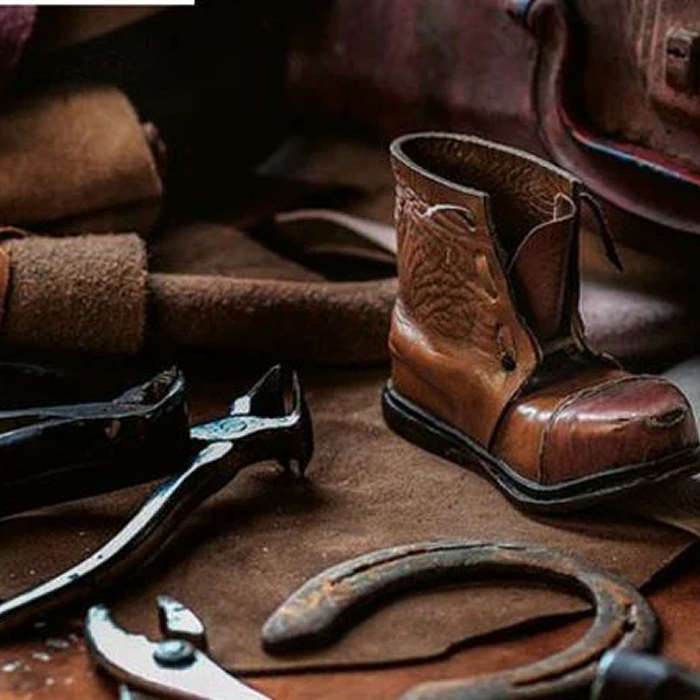Leather and fur have been used across cultures for centuries, not just as practical materials but as powerful symbols of identity, tradition, and status. While today they are commonly associated with fashion, their historical and cultural significance goes much deeper. At Fur Traders, we believe that understanding the heritage behind these materials makes them even more meaningful. Here’s a look at how different cultures have used leather and fur throughout history and what they represent.
1. Native American Traditions: Spiritual and Practical Uses
For many Indigenous tribes, leather and fur were more than just clothing—they were deeply spiritual and symbolic.
- Buffalo Leather: Used in clothing, moccasins, and ceremonial objects, buffalo leather symbolized strength, endurance, and a deep connection to nature.
- Fur for Status and Warmth: Tribes in colder regions used fur-lined clothing, not just for survival but also as a symbol of wealth and wisdom. The type of fur worn often indicated a person's social standing.
- Spiritual Significance: Leather and fur were commonly used in rituals, representing protection, guidance from ancestors, and harmony with the land.
Even today, many Indigenous communities honor their traditions by incorporating leather and fur into regalia and ceremonies.
2. The Viking Connection: Strength and Warrior Identity
The Vikings were known for their rugged leather armor and fur-lined garments, both of which played a role beyond practicality.
- Leather in Battle: Viking warriors wore leather tunics and boots, symbolizing resilience and combat readiness. Leather was often reinforced with metal plates, offering lightweight protection.
- Fur as a Status Symbol: Higher-ranking warriors and chieftains wore fur to showcase power and dominance. A cloak made of wolf or bear fur was considered a mark of bravery.
- Cultural Respect for Animals: Vikings used every part of an animal, ensuring that fur and leather were never wasted—aligning with their deep respect for nature.
The association between leather, fur, and strength continues in modern fashion, particularly in rugged outdoor styles and biker culture.
3. European Nobility: The Luxury of Fur
Throughout history, fur was a sign of royalty and wealth in Europe.
- Royal Fur: Kings and queens often wore fur-trimmed robes made from rare and expensive pelts like ermine, mink, and sable.
- Leather for Aristocracy: Fine leather gloves, boots, and saddles were reserved for the wealthy, symbolizing refinement and exclusivity.
- Fur Laws: In medieval times, "sumptuary laws" restricted fur-wearing to the nobility, reinforcing the idea that it was a symbol of power and privilege.
Even today, fur and leather remain associated with high fashion and elegance, continuing their legacy in luxury design.
4. The Samurai and Leather in Japan
Samurai warriors in Japan used leather in unique ways, blending practicality with cultural symbolism.
- Lacquered Leather Armor: Samurai armor often included leather pieces treated with lacquer to enhance durability while allowing flexibility in battle.
- Symbol of Discipline: Wearing leather signified readiness for combat and strict discipline, core values of the samurai code (Bushido).
- Fur in Traditional Garments: While Japan is less known for fur fashion, some high-ranking officials wore fur-lined clothing during colder months as a sign of status.
Today, Japan still values finely crafted leather goods, from luxury wallets to high-end footwear, as a symbol of precision and quality.
5. Russian Heritage: Fur for Survival and Prestige
In Russia, fur has played an essential role in both survival and social hierarchy.
- Fur as Necessity: Given Russia's extreme winters, fur coats, hats (ushankas), and boots have been staples for centuries.
- Czarist Luxury: During the rule of the czars, fur was reserved for the elite. Sable fur, in particular, was considered a royal privilege.
- Cultural Identity: Even today, fur is deeply embedded in Russian culture, worn proudly in both everyday life and high fashion.
The warmth and luxury of fur remain a key part of Russian fashion, with a continued appreciation for its historical significance.
6. Modern Interpretations: Leather and Fur in Global Fashion
As cultures evolve, leather and fur have adapted to new meanings in modern society.
- Symbol of Rebellion: In the West, leather jackets have become a staple in rebellious fashion, thanks to rock stars, bikers, and counterculture movements.
- Luxury and Exclusivity: Fur coats continue to be associated with old Hollywood glamour and high fashion, often worn by celebrities on red carpets.
- Sustainability and Craftsmanship: Many designers now focus on ethically sourced leather and fur, blending tradition with eco-conscious values.
Across cultures, these materials have retained their powerful symbolism, evolving while still honoring their historical roots.
Conclusion
Leather and fur have always been more than just materials—they tell stories of tradition, status, survival, and self-expression. Whether worn by warriors, royalty, or modern fashion icons, these materials hold deep cultural significance that continues to shape their appeal today.
At Fur Traders, we celebrate the history, craftsmanship, and meaning behind every piece we offer. Explore our collection and become a part of the rich legacy of leather and fur
